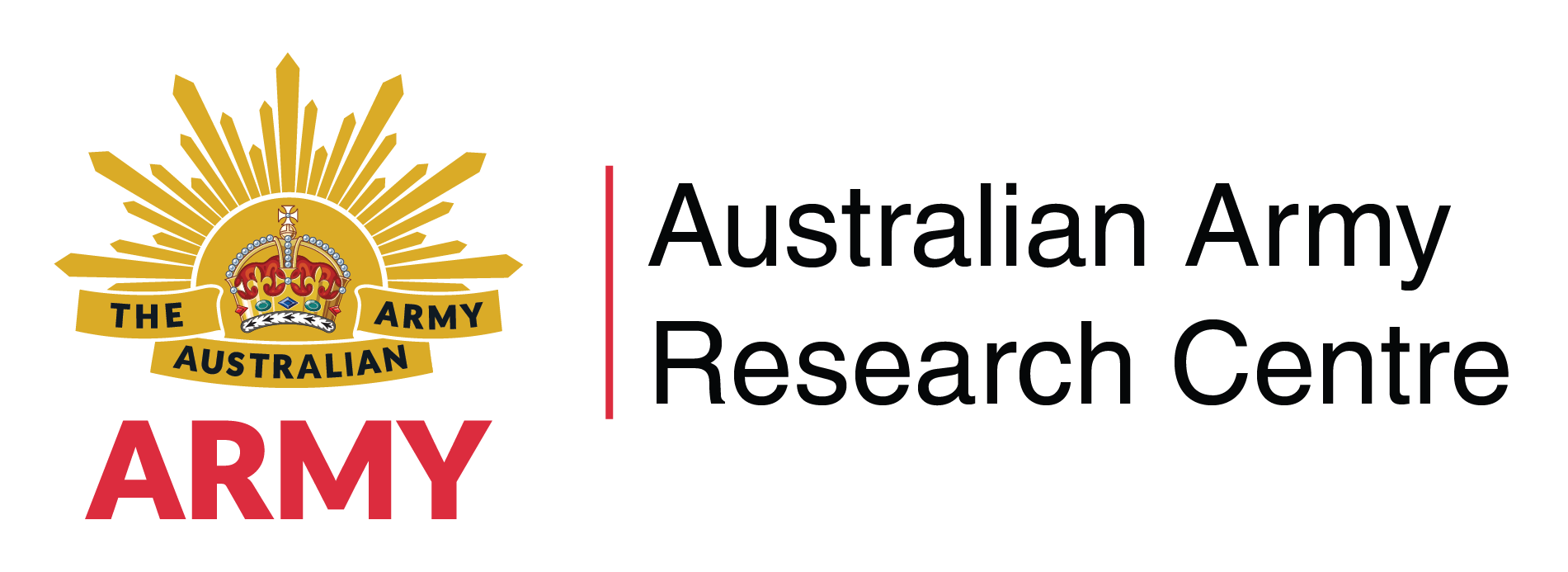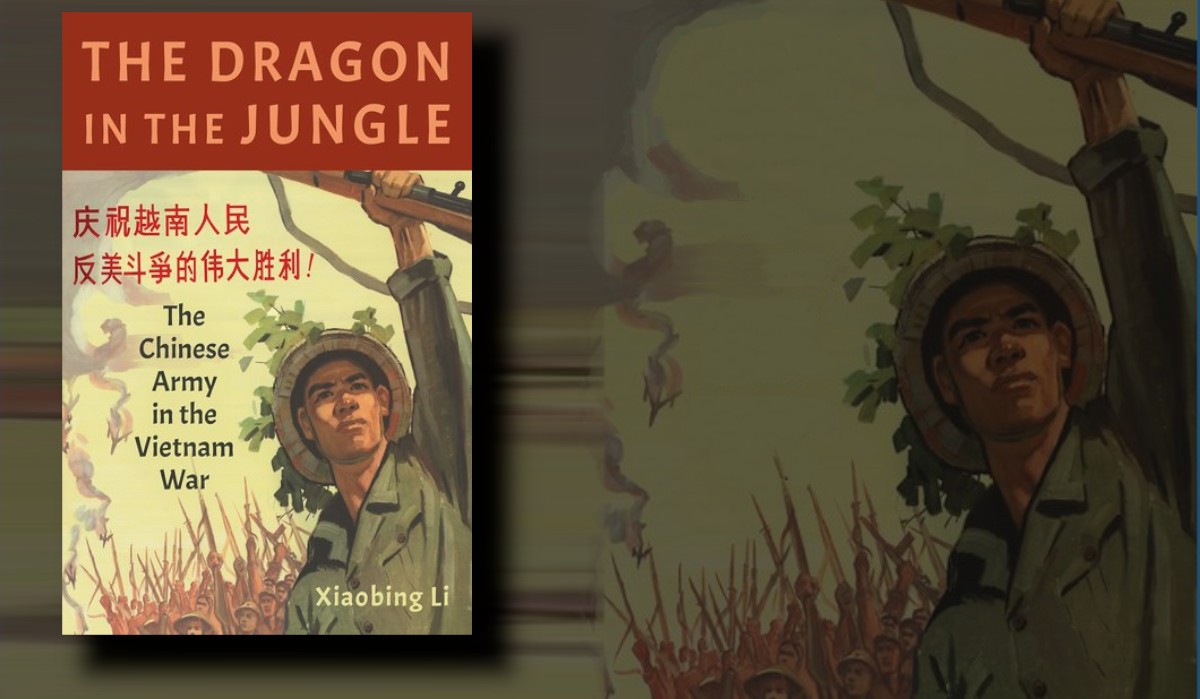Introduction
Quantum technology[1] has the potential to disrupt the modern battlespace and fundamentally change the way Army trains and fights. Comprehending the impact of these technologies to the integrated force requires an understanding of their scale and potential influence, application, suppliers and how these three factors interact.
Technology Readiness Levels (TRLs), a summary of which is shown in Annex B, provide a standardised scale of technological maturity from concept through to employment. However, TRLs do not account for the technology’s applications and suppliers, limiting the force designer from relying entirely on TRLs to assess and forecast the impact of disruptive technologies on future warfare.
This Land Power Forum post seeks to address this problem by proposing two new classification vectors for use in conjunction with TRLs:
- Application Readiness Levels (ARLs) - how well defined the application of a technology is, including its associated benefits, constraints, limitations and implications for operating methods and workflows.
- Group Readiness Levels (GRLs) – how effective a group is in delivering an integrated use case, including capacity to manufacture, supply chain position, security systems and other key support constructs.
This post proposes an assessment of the overall impact if level 9 is attained across all three vectors. In this way, the TAG-9 impact (an acronym of Technology, Application & Group) expresses the ultimate potential of a use case to impact land warfare, whilst the TRLs, ARLs and GRLs concepts holistically express the progress towards realising this potential.
In the following sections, the ARLs, GRLs and TAG-9 are defined and correlated with the existing definitions of TRLs. These levels are then applied to an example of a quantum technology, an application, and a fictional company[2] to produce an example comprehensive quantum use case assessment.
Technology Readiness Levels
National Aeronautics and Space Administration (NASA) developed the TRL framework in the 1970s to assess technology components of their internal projects. The European Union has since developed a version[3] with utility outside of the aerospace industry; this version has been used in this article and a summary of these TRLs are shown in Annex B.
While TRLs are readily understood and provide a simple method for communicating the progress of technology development to a non-technical audience, they lack detail in areas essential to fully understanding if and how that technology and application could be integrated into an organisation’s workflow. Nor do they provide an understanding of the necessary task readiness of the relevant groups that would be required to support the use of this technology. Finally, TRLs are not useful in comparing the relative impact of a technology to the organisation and therefore assessing how scarce resources can be allocated to competing projects.
Defining ARLs, GRLs and TAG-9
ARL, GRL, and TAG-9 seek to address the shortcomings outlined above. ARL and GRL have been created to align with the 9-level stratification of TRLs, progressing through three distinct evolutionary phases: conceptualise, develop, and integrate. The details of these proposed frameworks, and their integration into TAG-9, are contained in Annex B.
Application Readiness Levels
The ARLs represent the level of use case integration against an organisation’s workflow and awareness of benefits and support requirements. A single technology may have multiple applications, each with their own discrete ARL.
During the ‘conceptualise’ phase, it is likely that the use case will have a single ARL assessed across all its potential applications while the benefits of specific applications are being identified and benchmarked. On transitioning to the ‘develop’ phase, discrete ARLs for each application will become apparent as the focus becomes a demonstration and practical observation of the benefit as part of the organisation’s workflow. During the ‘integrate’ phase, the focus of ARLs becomes the integration into the organisation’s structure with all appropriate supporting structures and understanding needed to achieve Final Operating Capability (FOC) at ARL 9.
Group Readiness Levels
The GRLs provide an estimate of the current ability of the groups (e.g. companies, universities, army units etc.) to support the use case. This includes the capacity to manufacture or deliver the completed system, and how well integrated the groups are into an organisation’s supply chain, security systems and other key support constructs.
Groups aligned to the conceptualise phase are primarily research institutions or early-stage start-ups that have the capability to develop experimental proofs of concept but are not prepared for commercial delivery or integration into an organisation’s supply chain. As a group moves to the ‘develop’ phase (for instance by a research institution creating a start-up), it is concerned with the development of manufacturing or other delivery capabilities necessary to fully deliver a product to market with the required organisational knowledge. Groups in the ‘integrate’ phase are becoming a fully integrated supplier as part of the organisation’s supply chain, with a GRL of 9 indicating a large-scale group delivering multiple fully supported capabilities to an organisation with all required understanding and supporting structures.
TAG-9
A combined assessment of TRLs, ARLs and GRLs shows where a use case for a technology currently sits; however, such an assessment does not demonstrate what the overall impact would be if this use case could be fully realised. For example, the impact of a fully-realised autonomous artificial intelligence (AI) operating armoured reconnaissance vehicles (with the capacity to make independent decisions) would fundamentally change the character of warfare and enable vastly different ways of operating. Conversely, fully-realised quantum cryptography would be impactful, as demonstrated by the recent testing of the Chinese Micius satellite to create a videoconference between China and Europe secured by quantum cryptography.[4] However, it would effectively maintain our current ways of operating and ensure our communications remain secure in a post-quantum world.
The TAG-9 impact levels have been developed to enable the expression of these different consequences. Encompassing an acronym of ‘Technology, Application, Group’, the TAG-9 impact is a theoretical value designed to reflect the potential of a technology to impact land warfare if all three facets of readiness are at level 9. This provides a metric for qualifying different technologies as more – or less – likely to value-add to Army in the long-term, if appropriately developed. The impact level is assessed from the outset and may shift as our understanding of the use case evolves. TAG-9 is not a progression, it is an expression of a use case’s potential, rather than its current state.
Assessment of an Example Quantum Use Case
To illustrate the holistic framework of ARLs, GRLs, TRLs and TAG-9, an example use case has been developed using a fictional (though certainly possible) technology, group and application. The technology is a fully-realised quantum computer and AI algorithm that is capable of making independent assessment of battlefield situations and deciding on courses of actions with no input from a human commander. It could be applied to a myriad of battlefield situations; however, for the purposes of this post it is being considered for integration into uncrewed armoured vehicles to conduct land intelligence, surveillance and reconnaissance (ISR).
In this scenario, a start-up, ‘A Really Quantum Company’ (ARQC), has been developing this technology over the past five years and has published a series of journal articles and press releases as their development has progressed. The company has previously produced lab concepts; however, it unexpectedly conducted a field demonstration of its technology as part of Army’s Quantum Technology Challenge 2023 (QTC23). This demonstration has attracted interest from Army. Potential benefits have been identified; however, it remains unclear exactly how the product would be employed, who would operate the technology, and at what level of integration. A market scan has identified classical computing technologies in the same vein, but with significantly less capacity. ARQC is a small organisation, which lacks the scale to develop a fully integrated and manufactured solution at the scale useful to Defence. While they have been engaged with Army previously, they lack Defence Industry Security Program (DISP) accreditation and corporate knowledge of Defence’s ways of working.
An autonomous AI agent operating on a quantum computer with the capacity to make independent decisions and execute them in line with a given intent would fundamentally change the character of land combat. If it could be produced at scale, such technology would render many existing technologies and ways of working obsolete or irrelevant. Using the TAG-9 scale in Annex B, we can readily see that this use case would be a TAG-9 level 5.
ARQC have recently made significant breakthroughs enabling them to demonstrate an effective prototype in an operationally-relevant environment at QTC23. This places the technology at integrate TRL of 6. If this were the only metric, this would be cause for significant excitement and expectation of imminent acquisition and deployment.
While the technology is very mature on the current TRL scale, there remains uncertainty around integration options for the land force, as well as maintenance and force structures. For example, the training needed to operate and maintain the devices has not been considered, nor have the appropriate employment category numbers (ECNs) been identified to be trained. Second order effects such as increased rates of pay for those ECNs or contracted support personnel have not been considered in any level of detail. The technology scan conducted has benchmarked the prototype against similar technologies; in this case classical computing technologies with significantly less capacity than ARQC’s proposal. On the scale in Annex B, the prototype therefore sits in the ARL ‘conceptualise’ phase (level 3) – considerably lower than the TRL would suggest if considered at face value. As Defence begins to establish an integration plan (perhaps by establishing a dedicated project), the ARL will progress and our understanding of how this use-case can be employed will be improved.
While ARQC is an early-stage start-up with significant technical expertise in the area of quantum computing, they currently lack the capacity and expertise to deliver the product at scale. They are not integrated into the Defence supply chain to deliver ILS, nor are they fully accredited under the DISP program, which raises concerns. Consulting the scale in Annex B shows that ARQC likely sits at a GRL of 3, well below that required to fully deliver on their technology’s potential.
Annex A summarises the above use case assessment in a format intended to provide a single page overview of the current state of a use case and next steps required to progress it.[5] This summary would be presented to senior Army leaders to demonstrate the potential of the prototype and to initiate the study of applications, workforce structures and supporting concepts needed to effectively employ this high potential technology. This demonstrates the utility of ARLs, GRLs and TAG-9 in providing a more complete picture of a potential use case. It enables decision makers to more effectively understand a technology’s potential impact and sets more effective expectations about the required commitment, resourcing and timeframe to realise a technology’s use in an organisation.
Conclusion
Technology Readiness Levels have been used for decades to provide a readily understood picture of the progress of a technology towards implementation. However, they lack the refinement needed to express how well that technology is understood and how it will be supported throughout its life, particularly in the Defence context. Further, TRLs do not provide a picture of the potential of that technology to change the way an organisation does business. The development of the quantum use case assessment, incorporating the ARLs, GRLs and TAG-9 Impact level, addresses these shortcomings and provides a clearer picture of the overall status and potential of an emerging technology.
The Robotic and Autonomous Systems Implementation and Coordination Office (RICO) has launched a trial using these four metrics (TRLs, ARLs, GRLs and TAG-9) for the tracking, forecasting and assessment of quantum technologies in land warfare. If successful, these metrics will be similarly applied to other emerging technologies and their confluence. RICO will report on the outcomes of the trial.
Endnotes
[1] Technology which seeks to capitalise on the laws of quantum mechanics or exploit quantum mechanical phenomena. For example, quantum key distribution, a method of distributing ‘one-time-pad’ type keys for cryptography with assurance that the key has not been read by others.
[2] Any similarity between this company and real entities is purely coincidental.
[3] Extract from Part 19 – Commission Decision C (2104) 4995 – Technology Readiness Levels (TRL)
[4] Chinese satellite uses quantum cryptography for secure videoconference between countries
[5] It is important to note that, like the base TRLs, assessments of ARLs, GRLs and TAG-9 are qualitative and not intended to be used for comparative purposes to decide between two competing groups or technologies etc. Rather, they are designed to provide a more complete picture of the overall impact of a potential emerging technology and what might be required to deliver on its potential.


